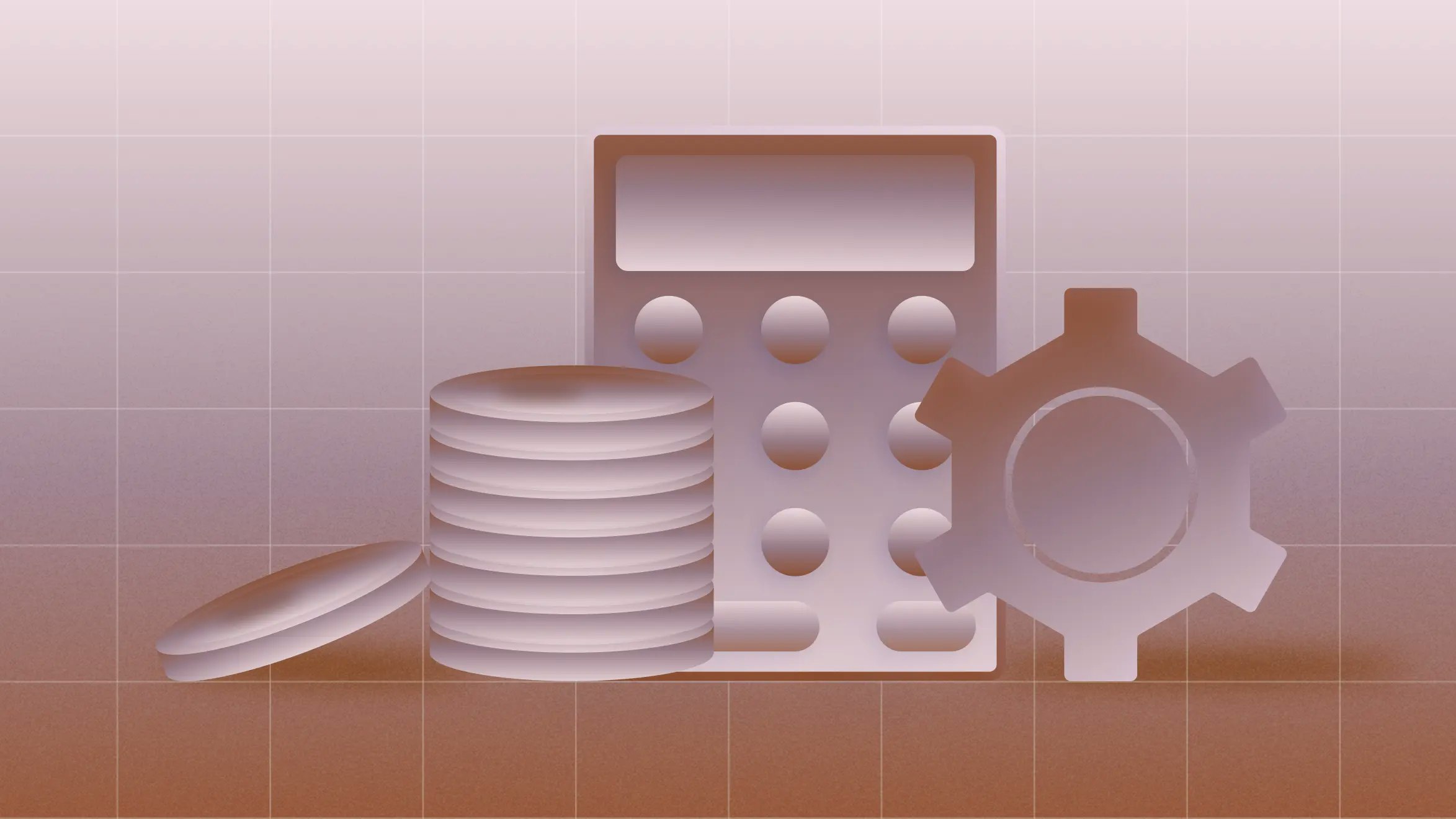Accounting for goodwill: A founder’s guide to startup M&A

Introduction: Why goodwill matters in startup M&A
When startups think about acquisitions, the spotlight usually lands on the headline purchase price. But, if you look closer at the balance sheet, you’ll see a line that can account for millions of dollars in value: goodwill.
In accounting, goodwill is the premium a buyer pays above the fair market value of a company’s net assets. It’s how accountants capture intangible qualities that make a business worth more than the sum of its parts — things like brand reputation, loyal customers, or a skilled team.
For founders, goodwill isn’t just an accounting technicality. It can shape how deals are valued, how your financials look after an acquisition, and what story your company tells to investors. If you’re on either side of a merger or acquisition (M&A), understanding goodwill will make you a sharper operator.
What goodwill represents
Goodwill reflects the harder-to-quantify value in a business. Think of it as the “soft” assets that don’t show up directly on a balance sheet but drive long-term success.
Examples of goodwill include:
- Brand equity: a recognized name that wins customer trust
- Customer relationships: recurring contracts, sticky products, or loyal users
- Reputation and trust: the credibility a company has in its industry
- Team and culture: employees’ know-how and collaboration
- Market position: distribution advantages, partnerships, or first-mover status
Unlike a patent or piece of real estate, goodwill isn’t separable. In other words, you can’t sell goodwill off on its own. It only shows up in accounting when a company changes hands, but it still plays a major role in how value is perceived. In the world of startups, this is easy to imagine. Just think of a hot new company that everyone is talking about. Although this company may have little in the way of tangible assets, it may command a high purchase price because of its reputation and potential.
When goodwill shows up in accounting
Goodwill doesn’t appear in your books simply because your startup is growing or because customers love you. It only gets recorded in an acquisition scenario.
Here’s a simple example:
- Company A acquires Company B for $10 million.
- Company B’s net assets (assets minus liabilities) are valued at $6 million.
- The difference, $4 million, is recorded as goodwill on Company A’s balance sheet.
This is important: Goodwill doesn’t represent cash or any tangible resource you can spend. It’s an accounting entry that reflects the extra price paid for intangible value.
How to calculate goodwill
The basic formula for calculating goodwill is:
Goodwill = Purchase Price – (Fair Market Value of Assets – Liabilities)
Let’s walk through an example:
- Purchase price: $25 million
- Fair market value of assets: $15 million (cash, inventory, equipment, receivables)
- Liabilities: $5 million (debts, accounts payable)
- Net assets: $10 million ($15M – $5M)
- Goodwill: $15 million ($25M – $10M)
So, plugging these details into the formula, looks like this:
$15 million = $25 million – ($15 million – $5 million)
In this case, more than half of the deal’s value is goodwill. That may sound surprising, but in many startup acquisitions, goodwill accounts for the majority of the purchase price. That’s because the buyer isn’t just purchasing desks and laptops, they’re buying growth potential, customer access, and talent.
How goodwill is accounted for on the balance sheet
Once goodwill is calculated, it’s recorded under “intangible assets” on the acquiring company’s balance sheet. From there, it’s treated differently than most assets:
- Not amortized: Unlike some intangible assets (like software or patents), goodwill isn’t gradually expensed over time.
- Subject to regular impairment testing: Instead of gradually expensing goodwill over time, companies must test goodwill annually or whenever there’s reason to believe that its value has dropped. If the acquired company underperforms, goodwill may be written down through an impairment charge.
Example of impairment
Imagine Company A pays $50 million for a startup, with $20 million recorded as goodwill. A year later, the acquired startup loses a key customer base and revenues fall sharply. If auditors decide the fair value of the acquired business is only $35 million, Company A may need to write down $15 million of goodwill as an impairment charge.
That $15 million doesn’t come out of cash, but it does hit the income statement. Seeing this sudden drop in earnings can spook investors or lenders.
Common misconceptions about goodwill
Confused about the concept of goodwill in accounting? Here are a few common myths, explained.
“Is goodwill just a sign of overpaying?”
Not necessarily. A premium may look like overpayment on paper, but if it reflects real value — like faster market entry, access to a sticky customer base, or unique expertise — it can be a smart strategic move.
“Does goodwill mean my startup is more valuable?”
Yes and no. Goodwill reflects the buyer’s view of your intangible value at the time of acquisition. But it’s not something you record in your own books as you grow; it only appears after a deal. If the value of a company is what someone is willing to pay for it, then goodwill represents that value at the time of acquisition.
“Can I deduct goodwill in my company’s taxes?”
In the U.S., goodwill is considered a capital asset. For tax purposes, it can typically be amortized over 15 years, but rules vary by jurisdiction. Always check with your tax advisor before assuming treatment.
“Do I need to calculate goodwill manually?”
Generally, no. Accountants and finance teams handle the calculations. But, as a founder, knowing the formula helps you understand your own financial statements and negotiate with confidence.
Why goodwill matters for startup founders
For early-stage founders or finance leads, goodwill may feel like an abstract accounting footnote. In reality, it affects core parts of your business journey, including:
- Negotiating valuation: The premium above net assets often represents how much a buyer values your product-market fit, customer base, or brand.
- Due diligence prep: Clean, well-documented financials make goodwill easier to justify, which can strengthen your negotiating position.
- Financial storytelling: After an acquisition, impairment charges tied to goodwill can make a business look weaker than it is. Knowing how to contextualize these charges is important for investor conversations.
- Exit strategy: If you’re preparing for acquisition, understanding goodwill can help you frame the value of your company beyond tangible assets.
FAQs about goodwill in accounting
Still have questions? Here we breakdown founders’ frequently asked questions about goodwill in accounting.
What is the definition of goodwill in accounting?
Goodwill is the difference between what a buyer pays for a company and the fair market value of its net assets. In other words, goodwill is the price tag for intangibles, like having a brand, strong customer relationships, and a solid team.
How do you find goodwill on a balance sheet?
Goodwill is listed under “long-term intangible assets” on the acquiring company’s balance sheet. It only shows up after an acquisition.
How is goodwill different from other intangibles, like patents?
Other intangibles can usually be separated and sold individually, but that’s not the case with goodwill. Goodwill is an inseparable asset.
Why does goodwill sometimes get written down?
If the acquired business underperforms, auditors may reduce the carrying value of goodwill through an impairment charge, which lowers reported earnings.
Is goodwill the same as brand value?
Not exactly. Brand value is one component of goodwill, but goodwill is broader. Goodwill can also include customer loyalty, team expertise, and strategic positioning.
Can startups use goodwill to boost valuation without an acquisition?
No. Although intangible assets may influence valuation, goodwill is only recorded in accounting after a transaction.
Key takeaway
Goodwill is how accounting captures the value of things that don’t fit neatly into a balance sheet, like reputation, customer stickiness, brand, and people. For founders, understanding goodwill isn’t about running the calculation yourself, but about knowing what it means when investors or acquirers bring it up.
In M&A, goodwill often makes up the bulk of the deal price. By understanding this concept, you’ll be able to better interpret financial reports, negotiate from a position of confidence, and tell the full story of your company’s value.



